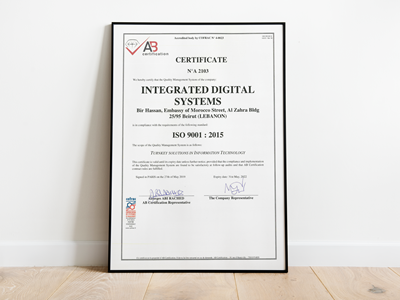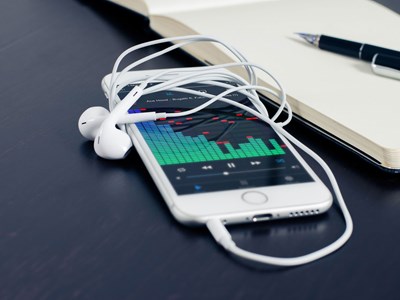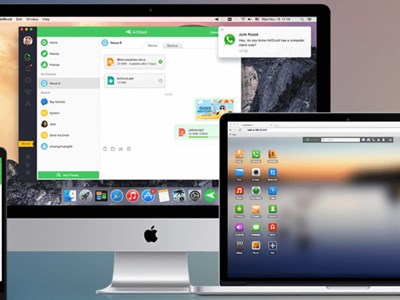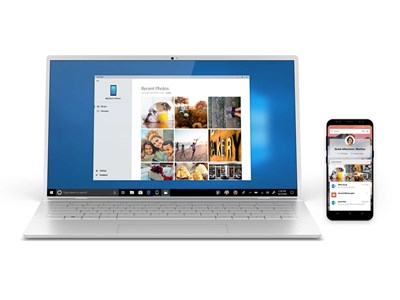What is your work-from-home forecast for after Covid-19?
To help answer the question of how many employees will work-at-home after the Covid-19 crisis, we have launched a Global Work-from-Home Experience Survey in partnership with Dr. Anita Kamouri, co-founder of Iometrics and several global associations. In the meantime, here is our current work-from-home forecast:
We estimate that 56% of the U.S. workforce holds a job that is compatible (at least partially) with remote work. We know that currently, only 3.6% of the employee workforce works at home half-time or more. Gallup data from 2016 shows that 43% of the workforce works at home at least some of the time. Our prediction is that the longer people are required to work at home, the greater the adoption we will see when the dust settles.
Click here for statistics on the who, what, when, where of work-from-home pre-covid.
We believe, based on historical trends, that those who were working remotely before the pandemic, will increase their frequency after they are allowed to return to their offices. For those who were new to remote work until the pandemic, we believe there will be a significant upswing in their adoption. Our best estimate is that we will see 25-30% of the workforce working at home on a multiple-days-a-week basis by the end of 2021, here’s why:
Our best estimate is that 25-30% of the workforce will be working-from-home multiple days a week by the end of 2021.
Kate Lister, President of Global Workplace Analytics
Increased demand for work-from-home from employees
The demand for flexibility in where and how people work has been building for decades. Before the crisis, surveys repeated showed 80% of employees want to work from home at least some of the time. Over a third would take a pay cut in exchange for the option. While the experience of working at home during the crisis may not have been ideal as whole families sheltered in place, it will give people a taste of what could be. The genie is out of the bottle and it’s not likey to go back in.
Reduced fear about work-from-home among managers and executives
One of the biggest holdbacks of remote work is trust—managers simply don’t trust their people to work untethered. They’re used to managing by counting butts-in-seats, rather than by results. That’s not managing, that’s baby-sitting. What’s more, seeing the back of someone’s head tells a manager nothing about whether that person is actually working. When clients ask “How will I know if they’re working?” I ask “How do you know they are working now?” Management experts have been extolling the need to manage by results for over four decades. Micromanagement doesn’t work and neither does “managing by walking around” in this global, mobile world. If people are forced to work at home for an extended period, as it appears they will be, managers will have to learn that it’s results that matter.
When clients ask “How will I know if they’re working?” I ask “How do you know they are working now?”
KATE LISTER, PRESIDENT OF GLOBAL WORKPLACE ANALYTICS
The research also shows that managers who have worked at home themselves are more likely to endorse it for others. Their worries about lost productivity go away. As they and their people get used to using virtual tools, their worries about not being able to collaborate are proven wrong. And they see for themselves, just how much happier and engaged they are without the stress of commuting, being away from loved ones, workplace interruptions, etc.
Increased pressure for work-from-home for disaster preparedness
Covid-19, and all of the work disruption it has caused, will not soon be forgotten by organizational leaders, shareholders, or other stakeholders. Those who were not ready this time will learn what worked and what didn’t work and be compelled—by investors in particular—to close the gaps so they are better prepared in the future.
Increased awareness of cost-saving opportunities in work-from-home
Over the past several years, the primary driver of work-at-home programs has been the attraction and retention of talent, but during the last recession, it was largely about saving money. Organizational leaders, desperate to shed costs, found they could do more with less real estate. Since that time, occupancy studies have shown just how inefficient office space was being used. Employees around the globe are not at their desk 50% to 60% of the time! That’s a huge waste of money.
Employees around the globe are not at their desk 50% to 60% of the time! That’s a huge waste of space and money.
KATE LISTER, PRESIDENT OF GLOBAL WORKPLACE ANALYTICS
Regardless of whether or not we slide into another recession as a result of Covid-19, the experience will likely cause employers to rethink the “where” and “how” of work.
Increased awareness of the potential impact of work-from-home on sustainability
One of the reasons climate change experts have a hard time getting people to change their habits is that the impact is hard to see. But even in the early days of the global response to Covid-19, we are starting to see a dramatic reduction in traffic, congestion, and pollution. While sadly, sustainability has not been a primary driver of remote work in recent years, being able to actually see the difference it can make may finally flip the switch for employers and employees.
The annual environmental impact of half-time remote work (for those who both want to work remotely and have a compatible job) would be the greenhouse gas equivalent of taking the entire NY State workforce off the road.
The fact is, there is no easier, quicker, and cheaper way to reduce your carbon footprint than by reducing commuter travel.
…there is no easier, quicker, and cheaper way to reduce your carbon footprint than by reducing commuter travel.
KATE LISTER, PRESIDENT OF GLOBAL WORKPLACE ANALYTICS
Reduced Business Travel
Covid-19 will also likely cause executives to rethink the need for travel to meetings, conferences, etc. They will learn that while virtual meetings may not have all the same benefits of being face-to-face, the savings may outweigh the costs much of the time.
A typical employer can save about $11,000/year for every person who works remotely half of the time. Employees can save between $2,500 and $4,000 a year (working remotely half the time) and even more if they are able to move to a less expensive area and work remotely full time.
…a typical employer can save about $11,000/year for every person who works remotely half of the time.
KATE LISTER, PRESIDENT OF GLOBAL WORKPLACE ANALYTICS
We also estimate work-from-home initiatives will save U.S. employers over $30 Billion dollars a day during the Covid-19 crisis. This may be the tipping point for remote work. Here’s a link to a press release on the topic.
Work-at-home will save U.S. employers over $30 Billion a day in what would have otherwise been lost productivity during office closures due to COVID-19.
KATE LISTER, PRESIDENT OF GLOBAL WORKPLACE ANALYTICS
The latest data on the work-at-home population
Details about how we estimate who could work-from-home
About Global Workplace Analytics and Kate Lister
Kate Lister is president of Global Workplace Analytics (GWA) is one of the nation’s leading authorities on how integrated work-at-home strategies can maximize employer, employee, and environmental outcomes. She has helped government agencies, communities, and private sector employers not only create remote work programs but quantify their impact.
Kate has written or contributed to five business books. Most recently, she authored the U.S. chapter of “Telework in the 21st Century” (Edward Elgar).
Her firm’s research has been cited by hundreds of publications including the Harvard Business Review, New York Times, Wall Street Journal, Washington Post, and many others. Her website offers the most up-to-date information available on the who, what, when, where, why, and how of remote work.










Comments